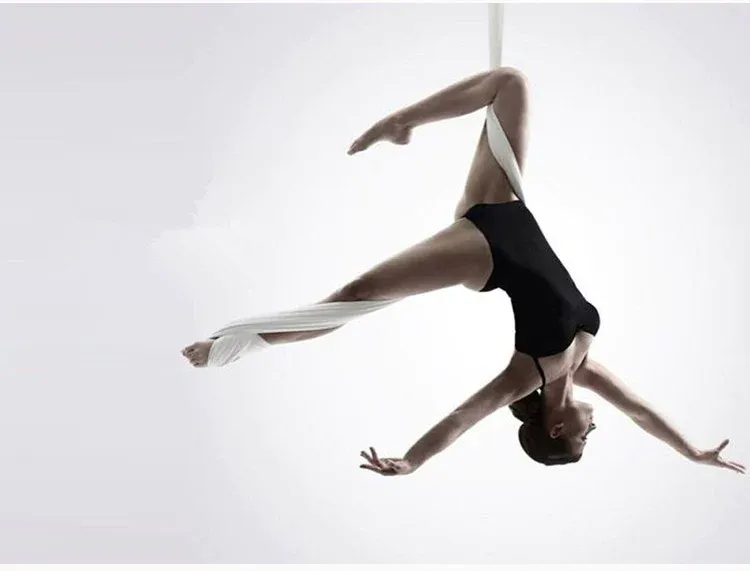Aerial yoga, also known as yoga swing, has taken the fitness world by storm. It combines traditional yoga poses with the use of a hammock or swing, giving you the freedom to defy gravity while reaping the benefits of yoga. If you’re wondering how to do yoga swing tricks, you're in the right place! Whether you’re a seasoned yogi or just starting, here’s a beginner-friendly guide to mastering yoga swing tricks.
1. Understand the Basics of Aerial Yoga
Before diving into tricks, it’s essential to become familiar with the basics of aerial yoga. The yoga swing is a piece of fabric that hangs from the ceiling, allowing you to perform poses and stretches in mid-air. Start with fundamental poses like Downward Dog and Child’s Pose in the swing to build your confidence and core strength.
2. Safety First
Ensure the swing is properly secured and can support your weight. Most yoga swings are designed to be used safely, but always check the installation before starting. Wear comfortable clothes and avoid wearing jewelry that could get caught in the fabric. If you're a beginner, consider taking a class or having a professional instructor guide you through your first tricks.
3. Build Your Core Strength
One of the key components of performing yoga swing tricks is a strong core. Exercises like plank variations, leg raises, and boat pose will help you gain the stability and balance needed for aerial poses. The stronger your core, the more control you will have over your body while performing tricks.
4. Start With Basic Aerial Poses
Before attempting advanced tricks, master some basic poses. These will help you become comfortable with the swing and improve your flexibility:
- Aerial Plank: Place your hands on the mat and your feet in the swing. Engage your core to hold the plank position in the air.
- Aerial Backbend: Start seated in the swing, then use the support of the fabric to arch your back into a graceful backbend.
- Aerial Savasana: Relax in the hammock and let your body hang freely. This pose is excellent for calming the mind and releasing tension.
5. Learn Basic Swing Tricks
Once you're comfortable with the basics, you can try simple tricks:
- Aerial Shoulder Stand: Place your legs in the swing and support your back with your hands. From there, lift your legs to create a shoulder stand. This move helps improve balance and flexibility.
- Inversion Pose: Invert your body by using the swing to support your hips and legs. Hanging upside down increases circulation and promotes relaxation.
6. Practice Your Aerial Split
The aerial split is a stunning yoga swing trick that involves spreading your legs apart in the air. To do this trick:
- Hang upside down with the swing supporting your hips.
- Slowly extend your legs outward, keeping your body steady.
- Use your core and legs to control the movement.
7. Advance to Complex Yoga Swing Tricks
Once you’ve mastered basic tricks, you can move on to more advanced poses:
- Aerial Star: Spread your arms and legs wide like a star while suspended in the swing.
- Aerial Handstand: Use the swing for support as you perform a handstand in mid-air. This requires a strong core and shoulder stability.
- Aerial Cartwheel: With the swing supporting your feet, perform a cartwheel. This trick requires coordination and strength.
8. Cool Down with Relaxing Poses
After practicing your yoga swing tricks, it’s important to cool down with some relaxing poses. Use the swing to stretch your body and release any tension you’ve built up during your practice.
Final Thoughts: Keep Practicing and Have Fun!
Learning how to do yoga swing tricks is a journey, not a race. Start slow, practice regularly, and don't be afraid to fall (it happens to the best of us!). As you build strength and flexibility, you’ll find that aerial yoga becomes not only a great workout but also a fun and freeing experience. Whether you're swinging into a shoulder stand or hanging upside down in a split, yoga swing tricks will leave you feeling exhilarated and accomplished!
Stay safe, enjoy the ride, and let your inner aerial yogi soar!
